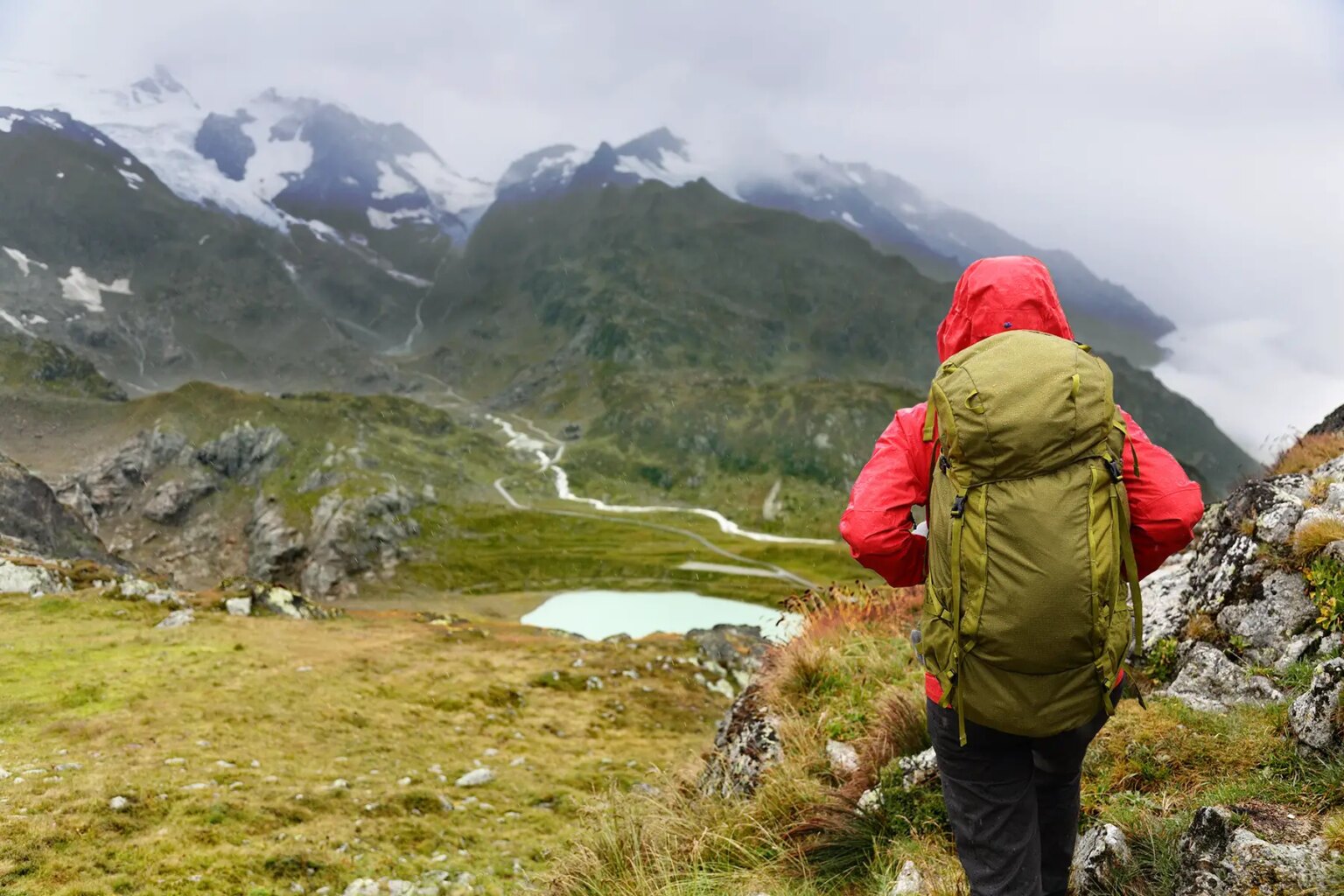Switzerland is not just about chocolates, cheese, or luxury watches. For outdoor lovers, this country is a true paradise. With its green valleys, snowy peaks, clear lakes, and well-marked trails, hiking in Switzerland is an experience like no other. Whether you’re a first-time hiker or someone who’s been trekking for years, there’s something for everyone here.
The beauty lies in how easy it is to access nature. Trains and cable cars take you right to the starting points. Villages are charming. Locals are friendly. And the views? They’re straight out of a postcard.
Best time to go hiking in Switzerland
Hiking in Switzerland is best between June and October. During these months, the weather is usually dry and sunny. Trails are open and safe. Snow has melted from most areas, especially in higher altitudes. July and August are the warmest, but also the most crowded.
If you prefer peace and fewer crowds, go in September. The colors start changing to golden. The air is cool but pleasant. October is lovely too, but some mountain trails may close early if snow comes.
Famous hiking regions in Switzerland
Zermatt
Zermatt is home to the Matterhorn. It’s one of the most famous peaks in the world. You can hike with a view of this mighty mountain almost the entire time. The Five Lakes Walk is a popular trail here. It’s about 9 km and not too hard. You get to see five beautiful alpine lakes, each reflecting the Matterhorn on clear days.
Grindelwald and Lauterbrunnen
This area is part of the Jungfrau region. The valleys are deep, and the waterfalls are stunning. One of the best trails is the hike from Mannlichen to Kleine Scheidegg. It’s an easy route with panoramic views of Eiger, Monch, and Jungfrau mountains.
Engadin Valley
Located in eastern Switzerland, Engadin is less touristy. But it’s equally beautiful. You’ll find lakes, forests, and traditional villages. The hike around Lake Sils is peaceful and offers magical views, especially in the early morning.
Appenzell
This region has soft green hills and dramatic cliff hikes. The hike to Aescher Hut is a favorite. It’s carved into a cliff and feels like something out of a movie. The trail to get there passes through pastures and alpine meadows.
Ticino
Ticino lies in the south and feels more Italian. It has palm trees near lakes and rocky trails in the hills. Valle Verzasca is a top pick. Its emerald river and stone bridges are perfect for hiking and taking photos.
Types of hiking trails
Switzerland has three main types of hiking paths:
- Yellow trails: These are regular walking trails. Well marked, easy, and safe for all.
- Red and white trails: These are mountain hiking paths. They go higher and may be steeper. You’ll need good shoes and a bit more care.
- Blue and white trails: These are alpine routes. Only for experienced hikers. They can have snow, rocks, or glaciers.
Make sure you check the signs and maps before starting. Don’t take an alpine trail unless you are trained and well-prepared.
How to plan your hiking trip
Choose the right region based on your fitness level and time. Book accommodations early if you’re going in summer. Many huts and hotels fill up quickly.
Use the SBB app or website to check trains and buses. Public transport is reliable and reaches even the smallest towns. Buy a Swiss Travel Pass if you’re moving around a lot. It gives unlimited travel on most trains, buses, and boats.
Always check the weather before you head out. Swiss weather changes fast in the mountains. Carry a rain jacket even if the day starts sunny.
What to pack for hiking in Switzerland
Here’s a list to help you pack smart:
- Comfortable hiking shoes
- Lightweight backpack
- Reusable water bottle
- Snacks like nuts, energy bars, and fruits
- Map or hiking app (like SwissMobility or Komoot)
- Sunscreen and sunglasses
- Hat or cap
- Rain jacket
- First aid kit
- Power bank for your phone
Where to stay
You’ll find everything from luxury hotels to cozy alpine huts. Mountain huts are a fun way to experience nature up close. They often serve warm meals and have bunk beds. Some require reservations in advance, especially during peak season.
Hostels and guesthouses are affordable options in bigger towns. If you’re on a longer trek, you can plan multi-day routes that stay overnight in huts along the way.
Easy hikes for beginners
Blausee Trail
A short and scenic walk to the turquoise Blue Lake near Kandersteg. Surrounded by pine forests and perfect for families.
Rigi Panorama Trail
This trail on Mount Rigi gives stunning lake views. You can take the train up and hike along the ridge. Flat and friendly.
Saas Fee Glacier Trail
A high-altitude walk near glaciers, but not too hard. Great views of the Alps and safe for beginners.
Challenging hikes for experienced trekkers
The Haute Route
It’s a multi-day hike from Chamonix (France) to Zermatt. Crosses glaciers, passes, and valleys. Not easy, but unforgettable.
Schynige Platte to First
This trail in the Bernese Oberland region gives top views of Jungfrau mountains. Steep at times, but full of wildflowers and birds.
Pizol Five Lake Hike
Located in eastern Switzerland. High alpine hike with blue lakes, rocky paths, and views that stretch for miles.
Safety tips for hikers
Start early. Weather is better in the morning and gives you more time to finish. Stay on marked trails. Don’t try shortcuts or off-path routes.
Let someone know where you’re going. Even if it’s a short hike. Mobile signal can be weak in mountains. Carry a fully charged phone.
Drink lots of water. Swiss water is clean. Many trails have fountains. Don’t drink from lakes or streams without checking first.
If you’re hiking in high altitudes, go slow. Let your body adjust. Watch for signs of altitude sickness like headache or nausea.
Local food to try after your hike
After a long walk, nothing beats a Swiss meal. Try rösti, a crispy potato dish. Cheese fondue is a classic, especially in colder areas. Don’t miss alpine macaroni, made with cheese, onions, and potatoes.
For dessert, grab a slice of nut tart in Engadin. Or try chocolate from any village shop. It’s worth every bite.
Final travel tips
Use trail maps from local tourist offices. They’re free and very helpful. Most signs on trails show distance and estimated time.
Start small if you’re new to hiking in Switzerland. The terrain may look friendly, but climbs can be tough. Build your stamina with easier hikes first.
Enjoy every moment. Swiss trails are not just about exercise. They’re about peace, views, fresh air, and feeling alive in the wild.
Hiking in Switzerland in 2025 will be just as magical. Just lace up your boots and go.









